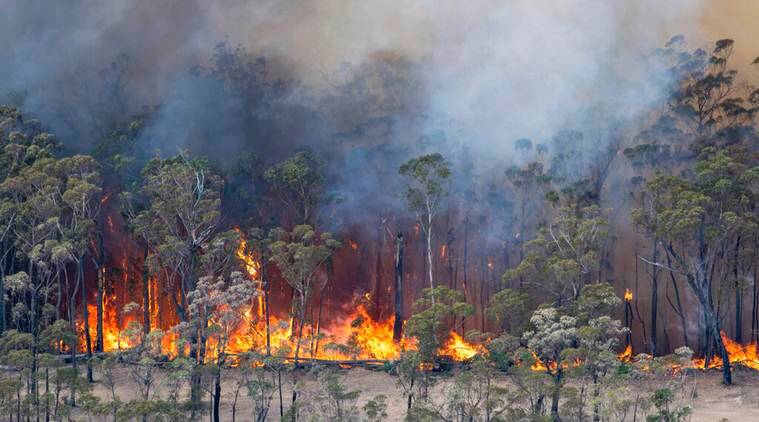



Article by: Hari Yellina (Orchard Tech)
Australian farmers have proven their resilience, rebounding from drought and withstanding a global pandemic to produce record-breaking output in 2020-21. But while the pain of drought is fading from view for some, the challenge of a changing climate continues to loom large. Farmers have endured a poor run of conditions over the last 20 years, including a reduction in average rainfall (particularly in southern Australia during the winter cropping season) and general increases in temperature.
While these trends relate to climate change, uncertainty remains over how they will develop, particularly over how much rain or drought farmers will face. The research examines the effect on farms of climate conditions over the past 20 years, compared to the preceding 50 years. Holding other factors constant (including commodity prices and technology) ABARES estimates the post-2000 shift in conditions reduced farm profits by an average of 23%, or around A$29,000 per farm per year.
While these changes in conditions have been dramatic, farmers’ adaptation has been equally impressive. After controlling for climate, farm productivity (the output from a given amount of land and other inputs) has climbed around 28% since 1989, with a much larger 68% gain in the cropping sector. These gains have offset the adverse climate conditions and along with increases in commodity prices have allowed farmers to maintain and even increase average production and profit levels over the last decade. While productivity growth in agriculture is nothing new, the recent gains have been especially focused on adapting to drier and hotter conditions.
While climate models generally project a hotter and drier future, a wide range of outcomes is possible, particularly for rainfall. Climate projections suggest that nationally farmers could experience reductions in average winter season rainfall of 3% to 30% by 2050 (compared to 1950-2000). The study simulates the effect of future climate change scenarios with current farm technology and no further productivity gains. As such, these scenarios are not a prediction, but an indication of which regions and sectors might be under the greatest pressure to adapt.